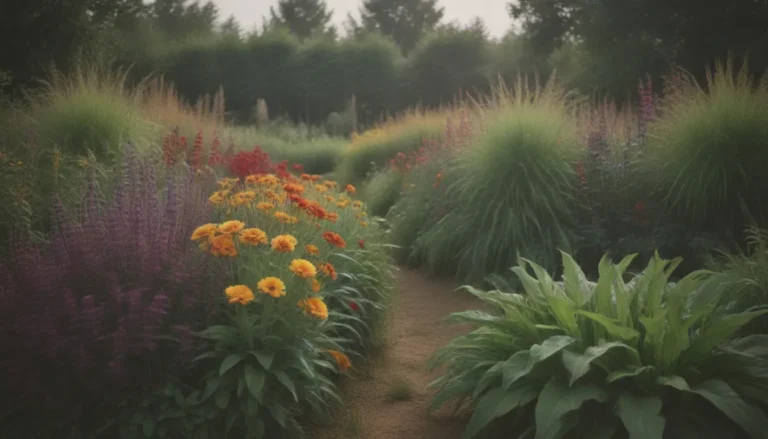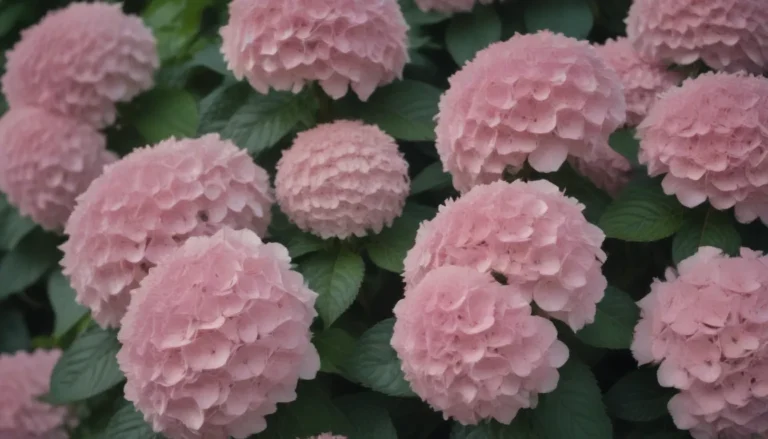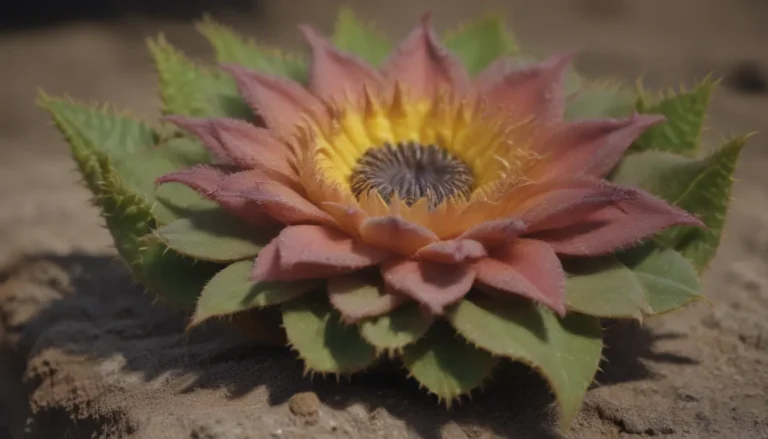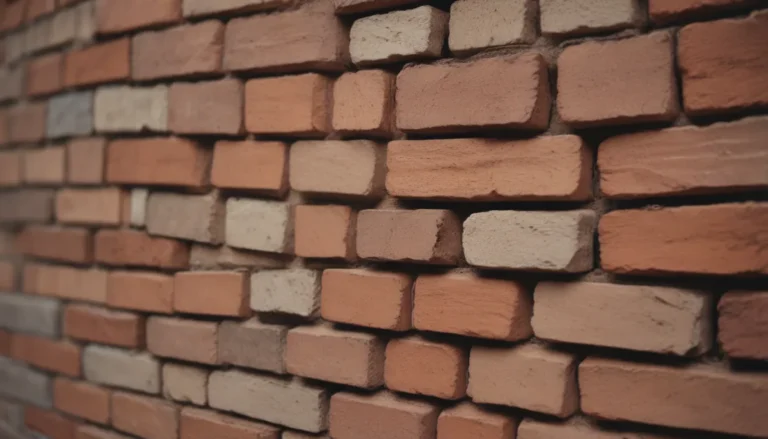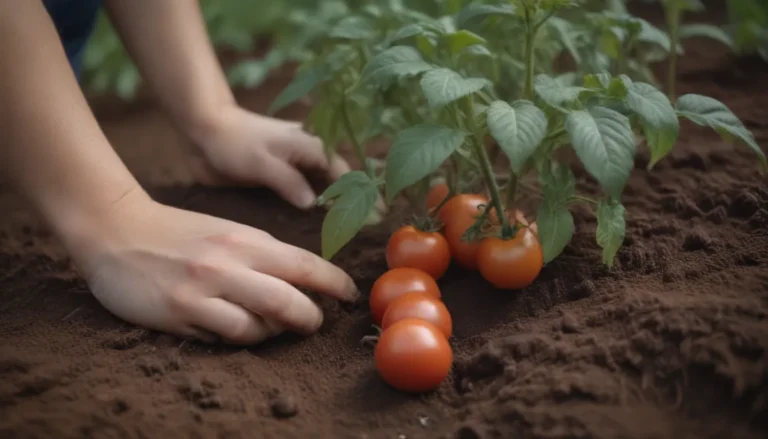The Ultimate Guide to Caring for and Growing Jewel Orchids Like a Pro

Are you looking to add a touch of exotic beauty to your indoor plant collection? Jewel orchids might be the perfect choice for you! Also known as Ludisia discolor or tiger orchids, these stunning plants native to Southeast Asia are prized for their veined, iridescent foliage rather than their unassuming flowers. In this comprehensive guide, we’ll cover everything you need to know about growing and caring for jewel orchids like a pro.
What Are Jewel Orchids?
Jewel orchids are terrestrial orchids that grow in soil on the shady forest floor, unlike epiphytic orchids that cling to tree branches. They thrive in loamy soil, high humidity, and bright, indirect light. Here are some key care tips to help your jewel orchid thrive:
Light
Jewel orchids do well in medium to low indirect light, such as that from an east-facing or north-facing window. Avoid direct sunlight, as it can scorch their delicate leaves.
Soil
Plant your jewel orchids in a standard potting mix containing peat moss or coconut coir and perlite. Adding some perlite for drainage support is advisable. Many gardeners prefer wide, shallow containers for these spreading plants.
Water
Water your jewel orchids when the top 2 inches of soil have dried out. Instead of following a strict schedule, check soil moisture regularly by sticking your finger in the pot. Use room-temperature water and reduce watering in the summer to encourage blooming.
Temperature and Humidity
Jewel orchids can tolerate temperatures between 90 to 95 degrees in summer but prefer cooler temperatures of 60 to 80 degrees in winter. Maintain humidity levels between 50 to 70 percent. Consider using a humidifier or placing your plant in a terrarium if your space is dry.
Fertilizer
Feed your jewel orchid with a liquid orchid fertilizer every two months during the growing season. Spray it on both the foliage and soil after watering to prevent root burn.
Types of Jewel Orchids
Jewel orchids come in various types and cultivars, each with its unique characteristics. Some popular varieties include:
- ‘Alba’:
- ‘Nigrescens’:
- ‘Red Velvet’:
- ‘Green Velvet’:
Apart from Ludisia discolor, the term “jewel orchids” can refer to plants in genera such as Anoectodes, Ludochilus, Macodes, Malaxis, and Dossisia.
Pruning and Propagating
While jewel orchids don’t need frequent pruning, you can trim off dead or damaged leaves at the base when necessary. Always use sterilized scissors to prevent disease transmission.
Propagating jewel orchids is quite easy by rooting stem cuttings in water. Here’s a quick guide on propagating your jewel orchids:
- Choose a healthy mother plant
- Take a stem cutting
- Place it in a jar of water
- Wait for roots to develop
- Transplant into soil
Common Pests and Diseases
Keep an eye out for common pests like spider mites, thrips, mealybugs, and fungus gnats, as well as issues like root rot and powdery mildew. Regularly inspect your jewel orchids to catch and treat any problems early.
Encouraging Blooms
Jewel orchids bloom after a period of dormancy, usually in summer. To encourage blooming, try these tips:
- Keep the plant slightly pot-bound
- Reduce watering
- Maintain cool night temperatures
- Avoid artificial light at night
Understanding Jewel Orchid Blooms
Jewel orchid flowers are small and discreet compared to epiphytic orchids. They feature white, trumpet-shaped blooms with a mild, sweet fragrance. Flowers typically appear in fall, winter, or early spring along a green spike.
If you enjoy the flowers, leave them on the plant but trim the spike once the blooms fade. Some growers prefer removing the spike early to focus on the foliage. Use clean scissors for deadheading.
Troubleshooting Common Issues
If you notice your jewel orchid showing signs of distress, such as yellowing leaves or browning tips, here are some potential solutions:
- Use room-temperature water for watering
- Maintain appropriate humidity levels
- Avoid direct sunlight
- Consider placing the plant in a terrarium or using a humidifier
In conclusion, jewel orchids are stunning plants that can add a touch of elegance to your indoor garden. With the right care and attention to their specific needs, you can enjoy their beautiful foliage and delicate blooms year-round. Remember to monitor your plant regularly for any pests or diseases and adjust your care routine accordingly. With a little effort, you can cultivate a thriving jewel orchid that will be the envy of all your plant-loving friends. Happy growing!
